Rocky Code Red Wildlands 77 Boots
$310.00
Wildland Fire Boots
Our wildland fire boots are designed for rugged outdoor firefighting. Crafted from premium flame-resistant leather, these boots provide superior heat protection, lightweight agility, and durable traction for uneven terrain. With reinforced stitching and cushioned support, they ensure comfort and safety during intense wildland fire operations.
Wildland Fire Boots: Your Complete Guide to Choosing the Right Footwear
When you’re facing a raging forest fire with miles of rugged terrain ahead, your wildland fire boots become more than just footwear—they’re your foundation for survival and effectiveness. These specialized wildland firefighter boots are engineered to handle the unique challenges of fighting fires in natural environments, combining lightweight mobility with essential protection. Whether you’re a new hotshot recruit or an experienced wildland firefighter looking to upgrade your gear, understanding what makes quality wildland boots is crucial for both safety and performance.
In this comprehensive guide, we’ll explore everything you need to know about wildland fire boots—from NFPA standards and key features to top brands and proper maintenance. You’ll learn how to select boots that will keep you comfortable, protected, and mobile during those critical 16-hour shifts in challenging conditions.
About the Author: Our team includes experienced wildland firefighters and gear specialists who have tested multiple wildland fire boots brands across various terrains and fire conditions. We understand the specific demands of wildland firefighting and maintain relationships with manufacturers to provide current, accurate information.
![]()
Why Wildland Fire Boots Are Different
Unique Challenges of Wildland Firefighting
Wildland fire boots face demands that are fundamentally different from structural firefighting footwear:
-
Extended wear during 12-16 hour shifts
-
Varied terrain including mountains, forests, and deserts
-
Long-distance hiking to reach remote fire locations
-
Extreme weather conditions from scorching heat to freezing temperatures
-
Minimal water exposure compared to structural firefighting
The Consequences of Wrong Footwear
Choosing inadequate wildland boots can lead to:
-
Rapid fatigue and reduced operational effectiveness
-
Blisters and foot injuries that take you out of service
-
Poor traction resulting in slips and falls
-
Reduced mobility in critical situations
-
Shortened equipment life and frequent replacements
Key Features of Quality Wildland Fire Boots
NFPA 1977 Compliance
All legitimate wildland fire boots must meet NFPA 1977 standards, which include:
Safety Requirements:
-
Flame resistance to prevent ignition
-
Heat resistance for protection from hot surfaces
-
Cut resistance from sharp vegetation and tools
-
Slip resistance on various surfaces
-
Electrical hazard protection where applicable
Performance Standards:
-
Durability testing for rough terrain
-
Flexibility for natural movement
-
Traction on inclines and loose surfaces
-
Overall construction quality
-
Review curNFPA 1977 standards] for complete requirements.
Essential Design Elements
Quality wildland firefighter boots share several key characteristics:
Material Construction:
-
Full-grain leather for durability and protection
-
Breathable membranes for moisture management
-
Heat-resistant rubber compounds in outsoles
-
Reinforced stitching at stress points
Comfort Features:
-
Padded collars and tongues for ankle comfort
-
Shock-absorbing midsoles for impact protection
-
Moisture-wicking linings to keep feet dry
-
Anatomic footbeds for proper support
Top Wildland Fire Boot Brands
Danner Wildland Boots
Danner wildland boots have earned a strong reputation among firefighters:
Popular Models:
-
Danner Quarry – Known for exceptional durability
-
Danner Tactical – Lightweight with athletic styling
-
Danner Logger – Traditional design with modern comfort
Danner Technologies:
-
Vibram® outsoles for superior traction
-
Gore-Tex® liners for waterproof protection
-
Danner DRY moisture management systems
-
Recrafting service for extended boot life
Other Leading Brands
The wildland boots market includes several other respected manufacturers:
Rocky Boots:
-
American-made options available
-
Hotshot-specific designs
-
Competitive pricing for quality
-
Excellent comfort technologies
White’s Boots:
-
Custom fitting options
-
Handcrafted quality
-
Legendary durability
-
Premium price point
Hawthorne Boots:
-
Wildland-specific focus
-
Modern materials with traditional craftsmanship
-
Excellent break-in characteristics
-
Growing popularity among hotshots
Selecting the Right Wildland Fire Boots
Assessing Your Specific Needs
Choosing the perfect wildland fire boots involves considering several factors:
Operational Role:
-
Hotshot crew members need maximum durability
-
Engine crews may prioritize quick-donning designs
-
Smokejumpers require specific weight and space considerations
-
Incident management teams need professional appearance with comfort
Geographic Considerations:
-
Western states with mountainous terrain
-
Southern regions with heat and humidity
-
Plains states with flat but rugged landscapes
-
Alaskan operations with extreme conditions
The Complete Sizing Guide
Proper fit is crucial for wildland firefighter boots:
Measurement Best Practices:
-
Measure both feet at the end of the day
-
Wear your wildland fire socks during fitting
-
Consider any orthotics you use regularly
-
Account for foot swelling during long shifts
Fit Assessment Checklist:
-
Thumb’s width of space at the toe
-
Secure heel fit without slippage
-
No pressure points or tight areas
-
Adequate arch support
-
Comfort when walking on inclines
-
Use our boot fitting guide] for detailed measurement help.
Understanding Boot Heights and Styles
8-Inch Logger Boots
Traditional wildland boots often feature logger-style designs:
Benefits:
-
Excellent ankle support on uneven terrain
-
Heeled design for better incline traction
-
Debris protection from vegetation and embers
-
Traditional appearance valued by many crews
Considerations:
-
Longer break-in period typically
-
Heavier weight than lower-cut options
-
Less flexibility in some designs
6-Inch Hiking-Style Boots
Modern wildland fire boots often use lower-profile designs:
Advantages:
-
Lighter weight for reduced fatigue
-
Faster break-in and immediate comfort
-
Greater flexibility for varied movement
-
Athletic styling preferred by some firefighters
Trade-offs:
-
Less ankle support in rough terrain
-
Reduced debris protection
-
May not meet some agency height requirements
Breaking In Your New Boots
The Critical Break-in Process
New wildland fire boots require proper breaking in:
Realistic Timeline:
-
2-4 weeks of gradual wear for most leather boots
-
1-2 weeks for some synthetic-heavy models
-
Progressive comfort improvement
-
Multiple short sessions better than few long ones
Effective Break-in Strategies:
-
Wear around home initially for short periods
-
Progress to light hiking as comfort improves
-
Use your fire socks during all break-in sessions
-
Address hot spots immediately with appropriate methods
Maintenance and Care for Longevity
Regular Cleaning Protocol
Proper maintenance extends your wildland boots’ service life:
After Each Use:
-
Remove insoles and allow to air dry separately
-
Brush off mud, debris, and soot
-
Stuff with newspaper to absorb moisture and maintain shape
-
Store in cool, dry location away from direct heat
Weekly Maintenance:
-
Deep clean with appropriate leather or synthetic cleaners
-
Condition leather components to maintain suppleness
-
Inspect stitching and seams for damage
-
Check sole wear and traction depth
Waterproofing and Protection
Maintaining water resistance in wildland firefighter boots:
Leather Boot Care:
-
Regular application of quality waterproofing treatments
-
Pay special attention to seams and stitching
-
Avoid petroleum-based products that can degrade materials
-
Reapply waterproofing based on use frequency and conditions
Synthetic Material Maintenance:
-
Use manufacturer-recommended cleaning products
-
Avoid harsh chemicals that can damage membranes
-
Regular inspection of waterproof liners
-
Prompt repair of any cuts or damage
Cost Analysis and Budget Considerations
Understanding Price Ranges
Wildland fire boots represent a significant investment:
Budget Options ($150-$250):
-
Basic NFPA 1977 compliance
-
Adequate protection features
-
Limited comfort technology
-
Good for occasional use or backup
Mid-Range Boots ($250-$400):
-
Enhanced comfort features
-
Better materials and construction
-
Improved durability
-
Excellent value for regular use
Premium Selection ($400-$600):
-
Advanced technology and materials
-
Superior comfort and performance
-
Extended service life
-
Custom fitting options available
Investment Justification
Quality wildland boots provide value through:
-
Reduced foot fatigue during long shifts
-
Extended service life with proper care
-
Potential agency reimbursement programs
-
Improved safety and performance
Comparing Wildland and Structural Boots
Key Differences Explained
Understanding why wildland fire boots differ from structural models:
| Feature | Wildland Fire Boots | Structural Fire Boots |
|---|---|---|
| Weight | Lighter for mobility | Heavier for maximum protection |
| Height | Typically 6-8 inches | Usually 12+ inches |
| Waterproofing | Breathable water resistance | Complete waterproof barriers |
| Heat Protection | Ground heat and ambient | Direct flame and extreme heat |
| Flexibility | High for natural movement | Limited for structural protection |
Agency Requirements and Approvals
Understanding Compliance
Different agencies have specific requirements for wildland firefighter boots:
Federal Agency Standards:
-
US Forest Service approved boot list
-
BLM requirements for fire personnel
-
National Park Service specifications
-
BIA fire management standards
State and Local Requirements:
-
CDF/Firehawk specifications in California
-
Various state forestry agency requirements
-
County fire department standards
-
Contract crew specifications
Frequently Asked Questions (FAQ)
Q1: How long do wildland fire boots typically last?
With proper care and maintenance, quality wildland fire boots typically last 2-4 fire seasons for full-time hotshots, or 3-5 years for seasonal firefighters. Durability depends on factors like terrain, frequency of use, maintenance practices, and boot quality. Many firefighters find that investing in premium wildland boots actually saves money long-term due to extended service life.
Q2: Are wildland fire boots waterproof?
Most wildland fire boots feature waterproof construction with breathable membranes, but “waterproof” in wildland context differs from structural firefighting. Wildland boots are designed to handle stream crossings, rain, and wet vegetation while remaining breathable. However, they’re not intended for prolonged submersion like structural boots might encounter.
Q3: How should wildland fire boots fit?
Wildland fire boots should fit snugly but not tightly, with about a thumb’s width of space at the toe. Your heel should be secure without slipping, and there should be no pressure points. Remember that your feet will swell during long shifts, so trying on boots at the end of the day and wearing your fire socks during fitting is crucial for getting the right size.
Q4: Can I use the same boots for wildland and structural firefighting?
While possible in emergencies, it’s not recommended. Wildland fire boots and structural fire fighter boots are designed for fundamentally different environments and hazards. Wildland boots prioritize lightweight mobility and breathability, while structural boots focus on maximum protection from water, chemicals, and extreme heat. Using the right tool for each job ensures optimal safety and performance.
Q5: What’s the best way to break in new wildland fire boots?
The best approach to breaking in wildland fire boots involves gradual progression: start with wearing them around home for short periods, progress to light hiking, and gradually increase wear time and intensity. Always wear your wildland fire socks during break-in, and address any hot spots immediately. Avoid artificial breaking-in methods like soaking, which can damage materials and shorten boot life.
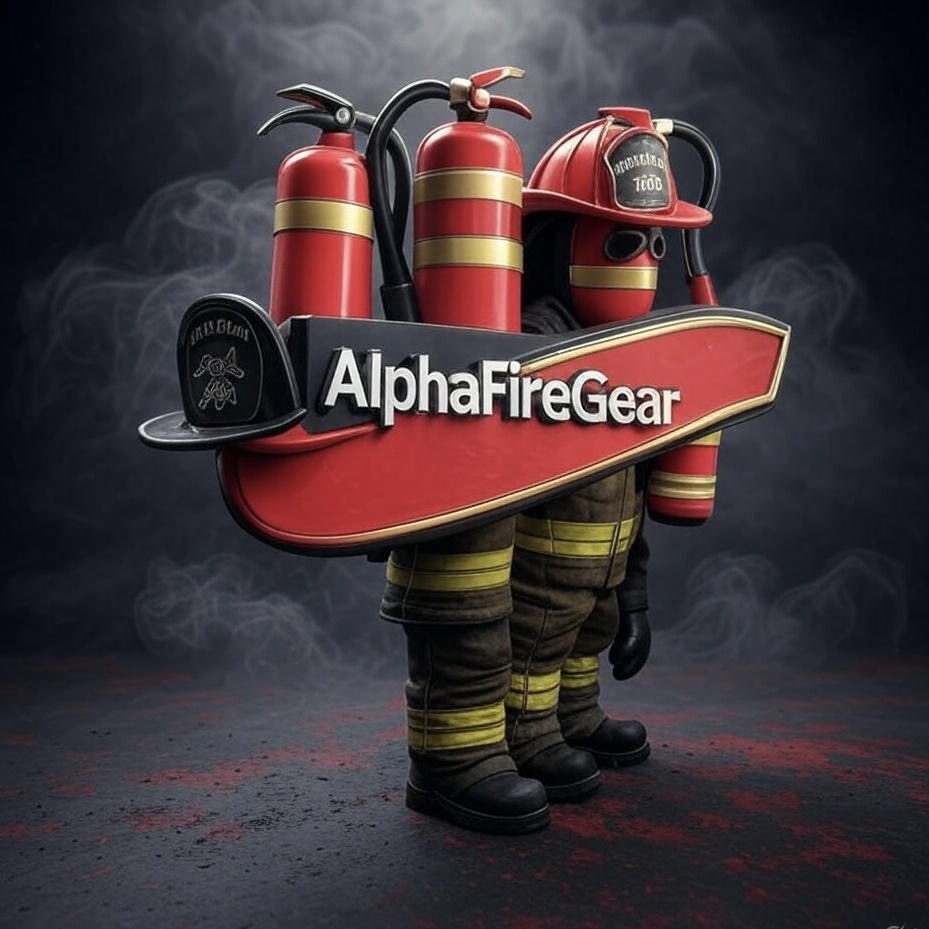
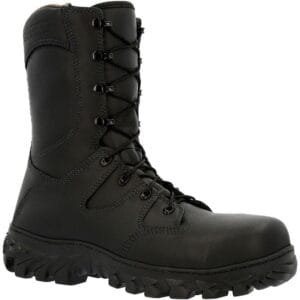
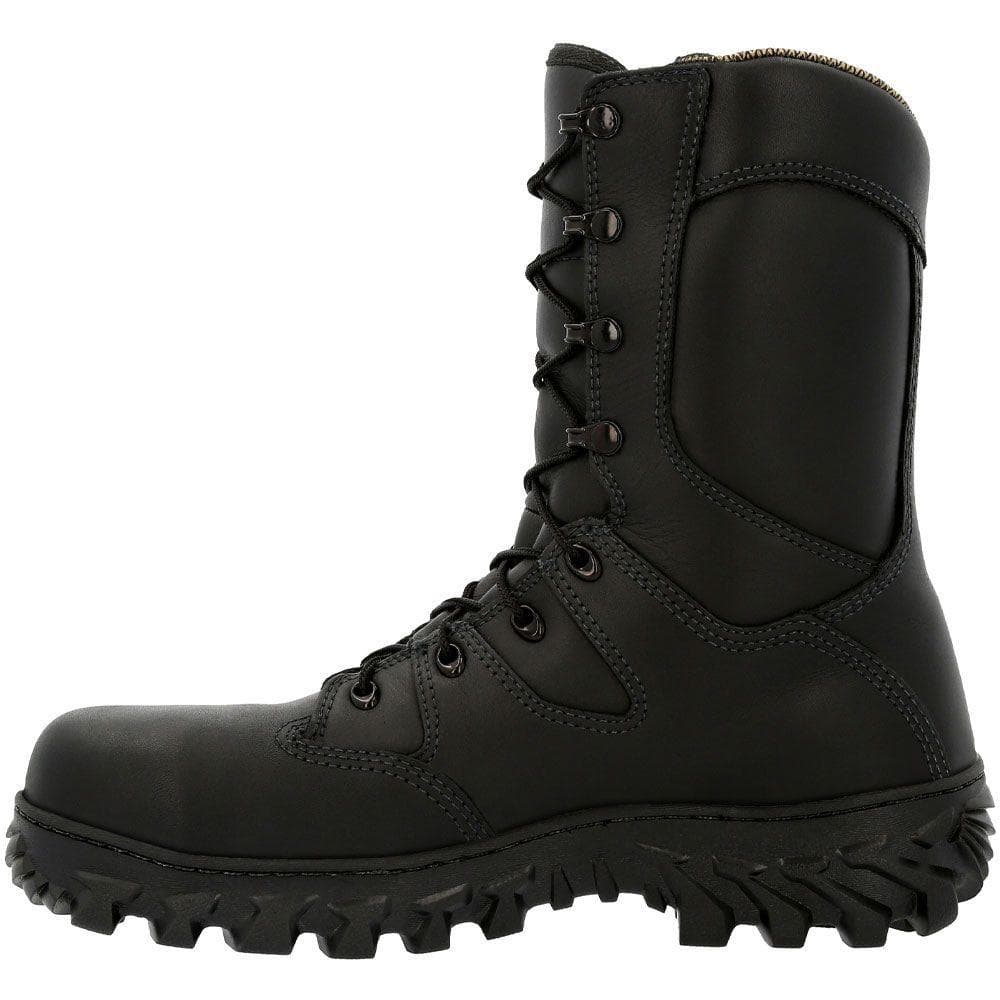
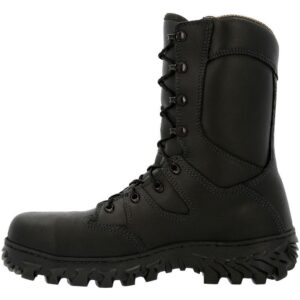
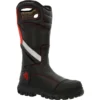
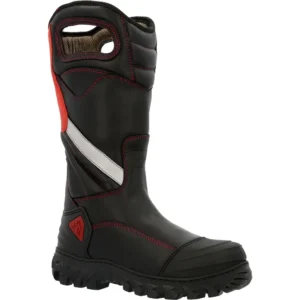
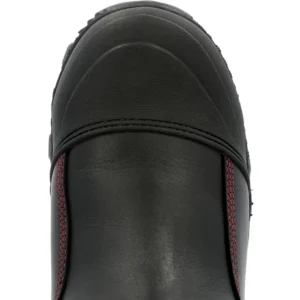
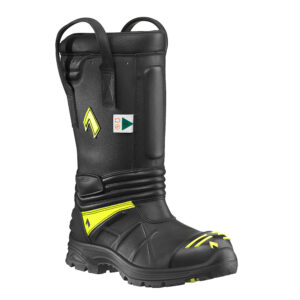
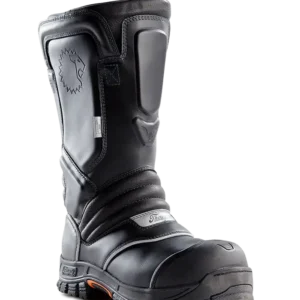
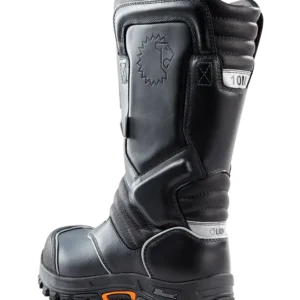
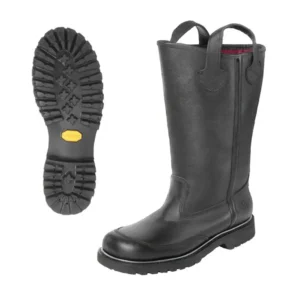
Reviews
There are no reviews yet.